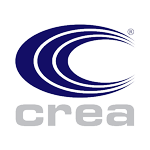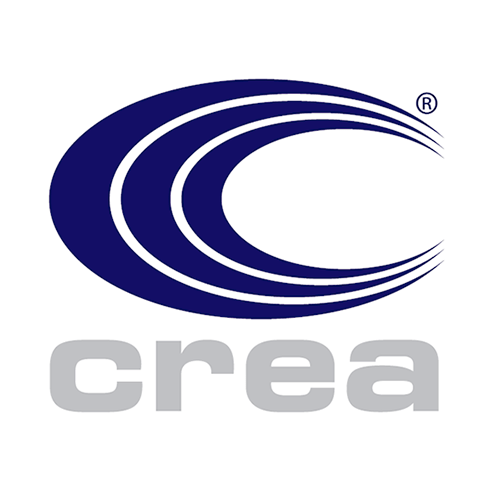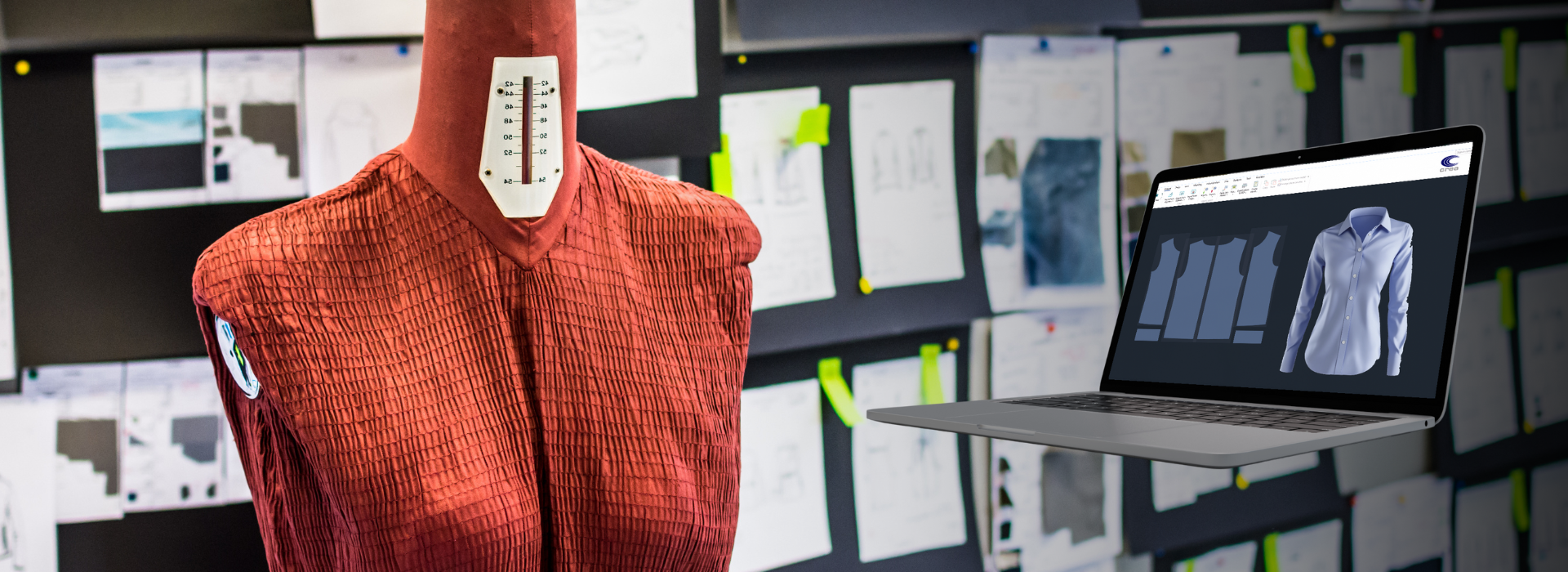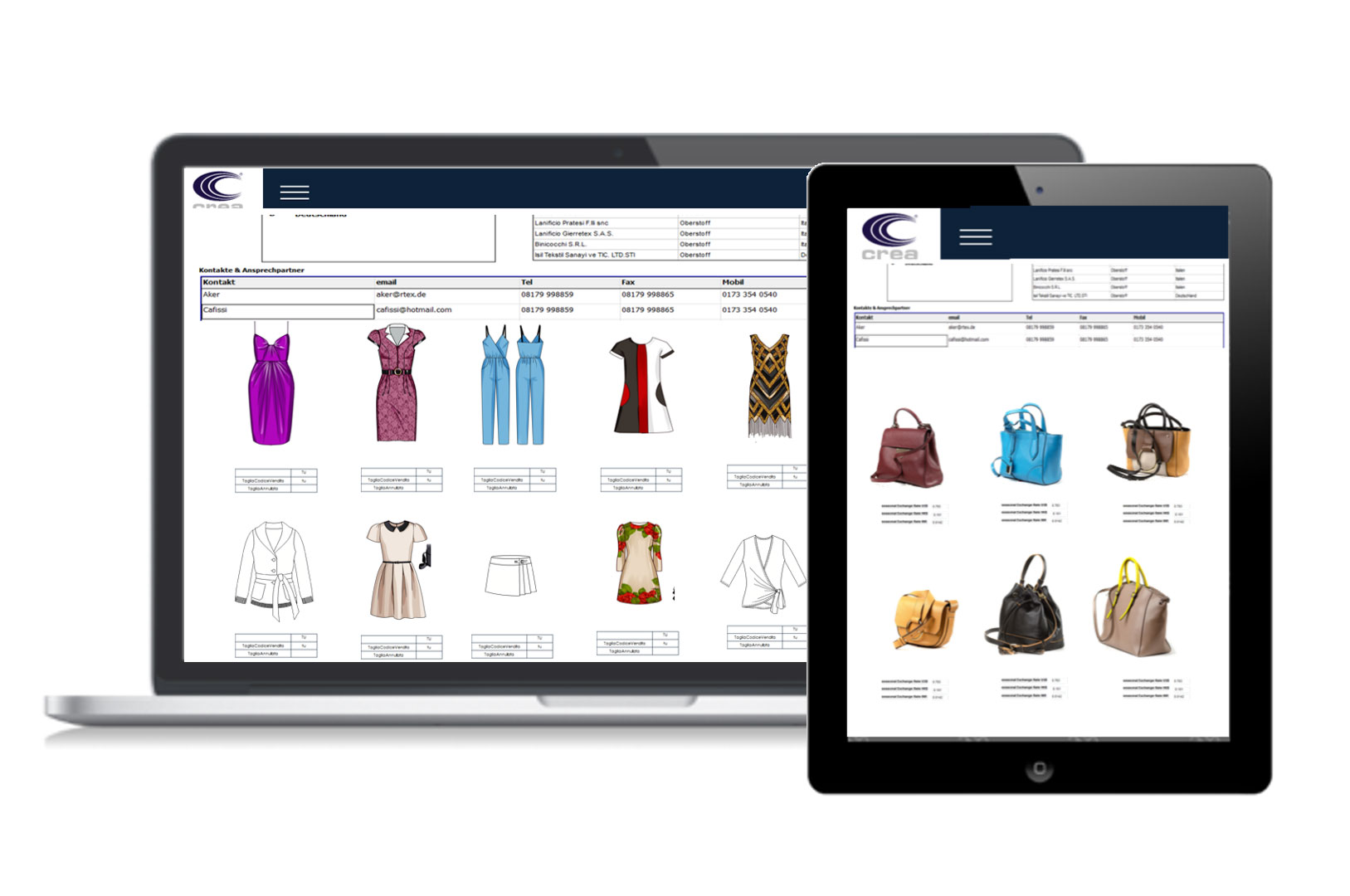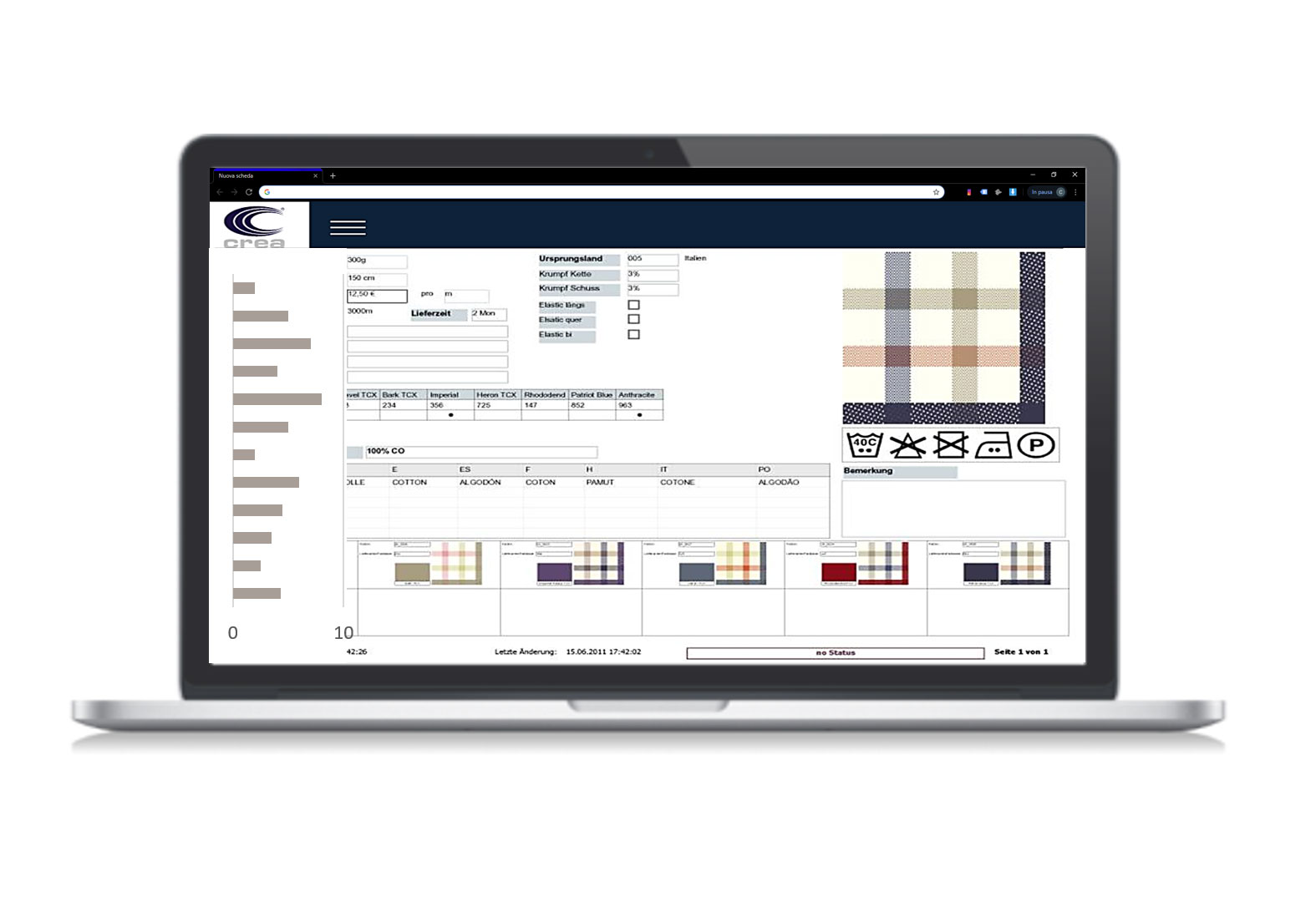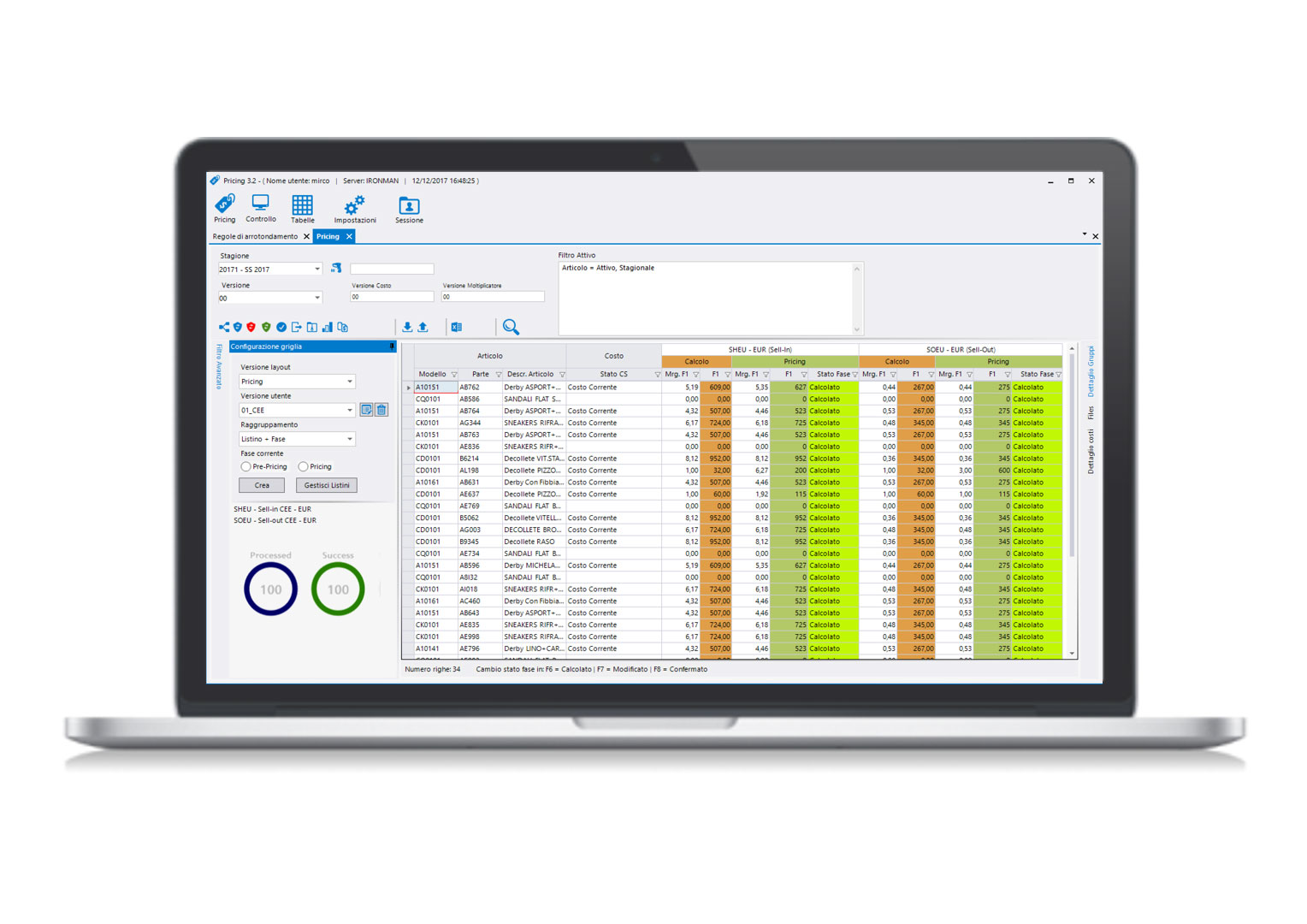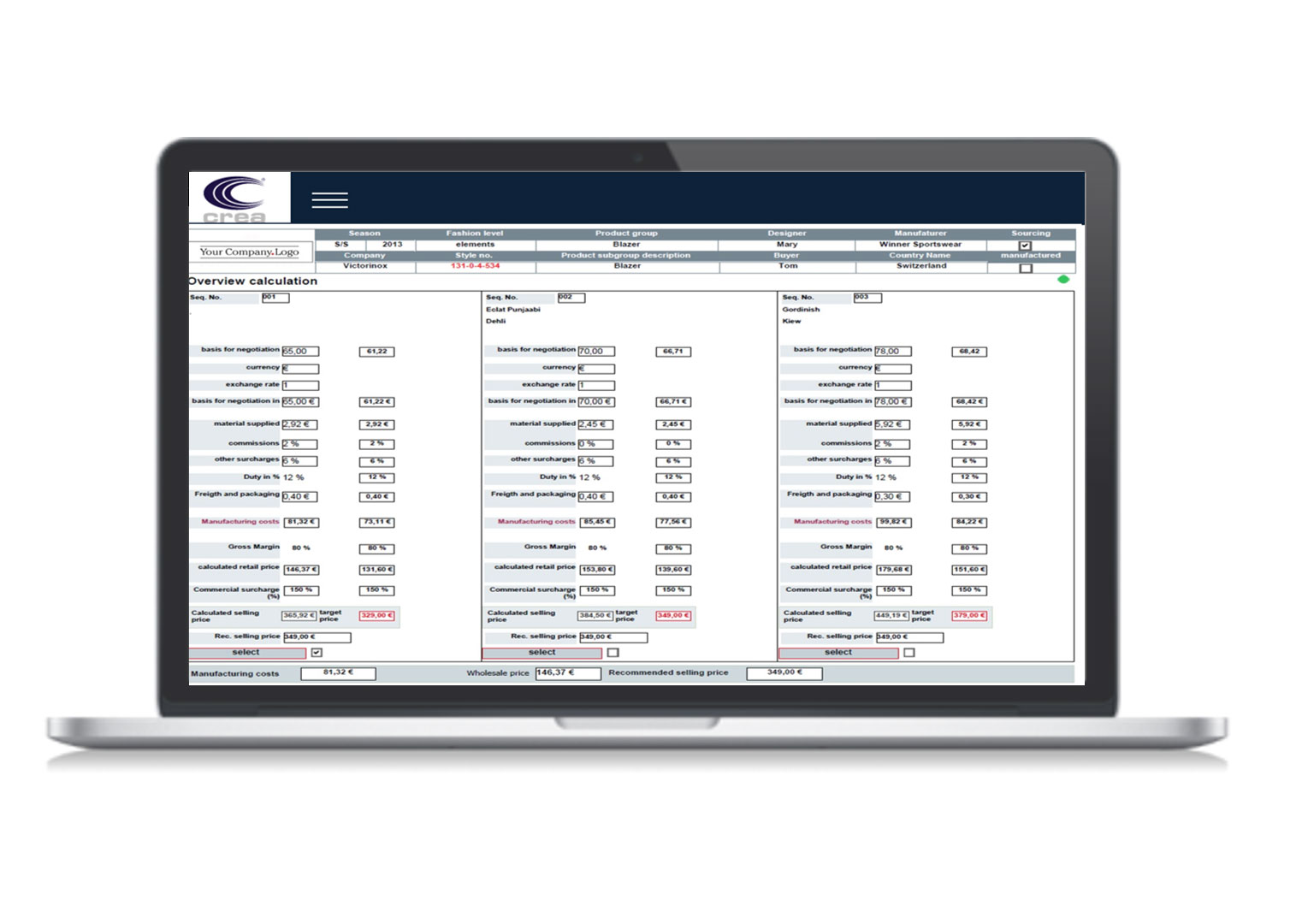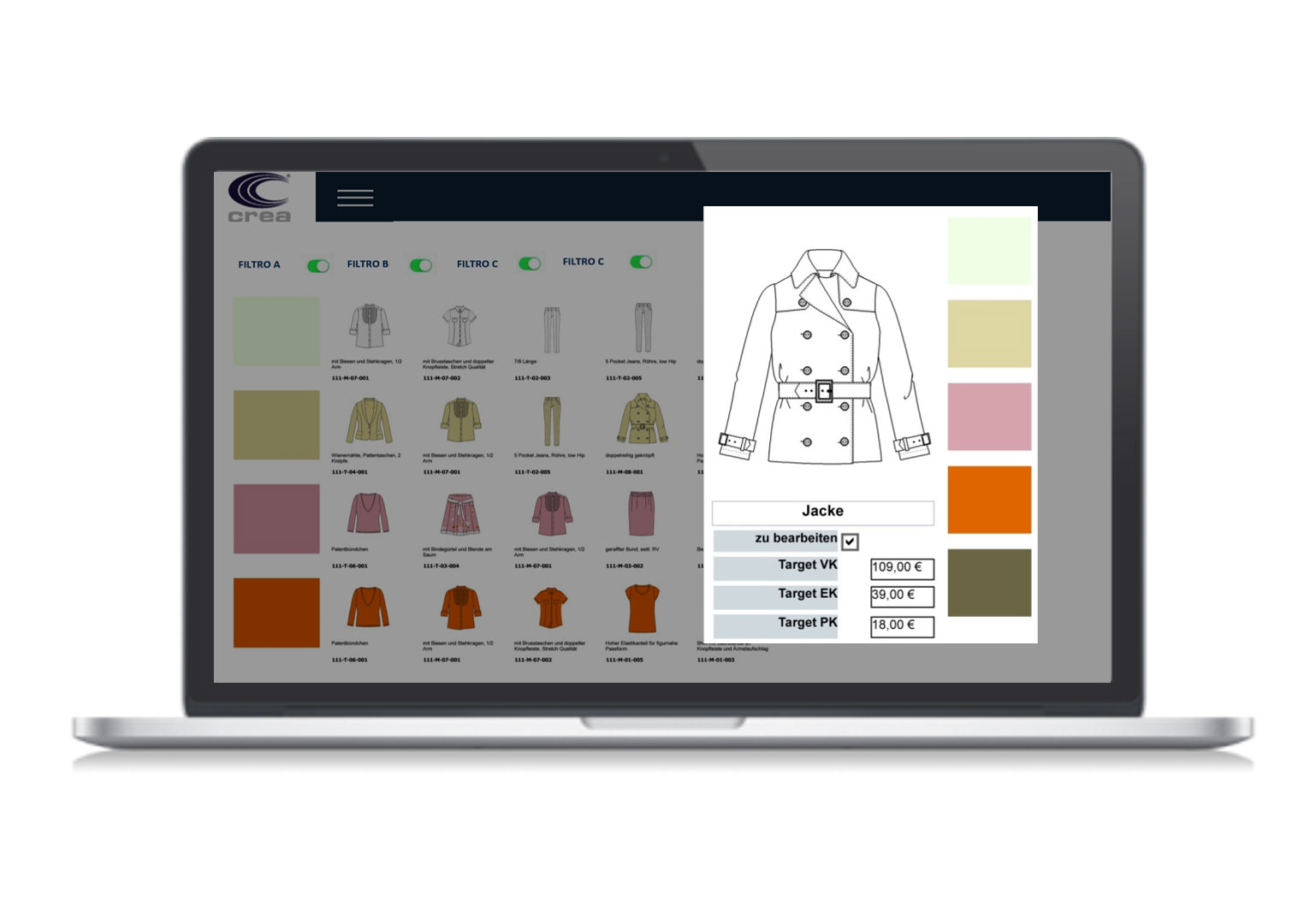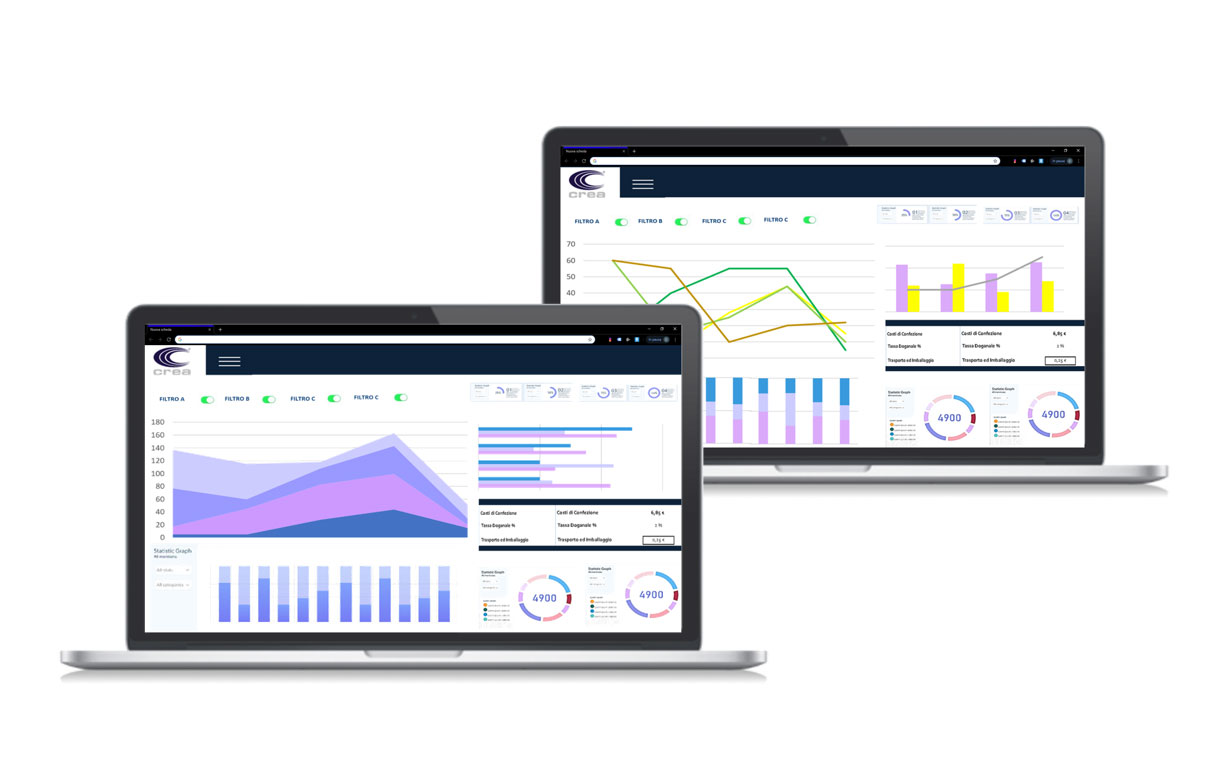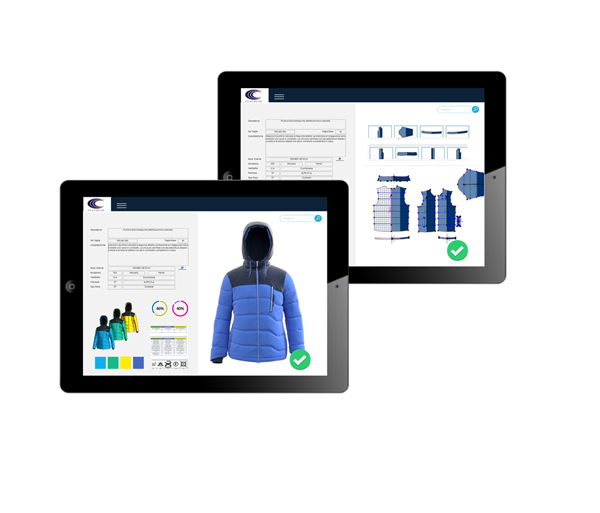How to Automate Production Using MTM and MTO Systems
In the world of modern manufacturing, automation plays a crucial role in improving efficiency and reducing costs. MTM (Made to Measure) and MTO (Made to Order) systems are two approaches that can simplify this process. If you’re looking to optimize production, learning how to automate processes with these systems can provide significant benefits. In this article, we will explore how businesses can take advantage of the benefits offered by MTM and MTO to automate production and improve results.
What is the MTM (Made to Measure) System?
The MTM (Made to Measure) system refers to custom-made production, where products are created based on the specific needs of the customer. This approach is used in various industries such as fashion, furniture, and automotive, where each item must meet precise measurements or individual preferences.
Automating production with MTM means integrating processes that allow for the rapid and efficient creation of customized products. By utilizing advanced technologies like digital measurement systems and automated production processes, companies can reduce production time and improve product quality.
What is the MTO (Made to Order) System?
The MTO (Made to Order) system, on the other hand, is a production system where products are only made after a customer places an order. Unlike the MTM system, which focuses on customizing measurements, MTO involves producing goods exclusively upon request, eliminating the risk of overproduction and stockpiling. In the case of MTO, automating production helps respond quickly to orders, reduce wait times, and optimize resources based on actual demand. This model is ideal for businesses offering customized products without the need to create specific size variants.
Differences Between MTM and MTO
Although both systems focus on made-to-order production, there are key differences. Here’s a quick comparison:
- MTM (Made to Measure): Focuses on customizing the size and specifications of a product. It is mainly used in industries where customers require custom-made items.
- MTO (Made to Order): Focuses on producing goods only after an order is placed but does not necessarily involve customizing measurements. It is useful for businesses that produce standard items but offer customization upon request.
Benefits of Automation with MTM and MTO
Automation with MTM and MTO brings numerous benefits to businesses, both in terms of efficiency and customer satisfaction. Here are some key advantages:
- Reduced Production Time: Automating processes with MTM and MTO systems helps optimize time management and reduce bottlenecks. Using software and automated machines accelerates product creation.
- Efficient Customization: With the MTM system, product customization occurs without compromising efficiency. Companies can produce custom items quickly while ensuring precise quality control.
- Increased Flexibility: MTM and MTO systems offer unique flexibility, allowing businesses to quickly adapt to market demand changes while minimizing unnecessary inventory.
- Lower Operational Costs: Automating production processes reduces human errors and optimizes resource usage. This leads to lower operational costs, which can be reinvested into other areas of the business.
Want to discover how to successfully automate your production? CLICK HERE and contact us for a free demo.
How to Implement MTM and MTO in Your Business
To successfully integrate MTM and MTO systems into your production, certain strategic steps need to be followed:
- Analyze Business Needs: Understand the specific needs of your business and customers. Define which products require customization through MTM and which items can be made using the MTO system.
- Adopt Advanced Software: Invest in automation software that supports both MTM and MTO systems to optimize planning and production management. These tools help monitor and optimize workflows in real time.
- Train Staff: Automation requires staff to be properly trained in using the new tools and technologies. Training ensures smooth management of the production process.
- Continuous Monitoring and Optimization: Once MTM and MTO systems are implemented, it’s important to constantly monitor performance. Analyzing production data helps make timely adjustments and further optimize processes.
The Role of Technology in Production Automation
An MTM/MTO project is an integrated system that fully automates business processes, from order generation to the final product cutting. When an order is placed at any store, the system can create custom patterns without the need for pattern makers, manage fabric placement, and verify stock availability. In just 120 seconds for shirts and 150 seconds for suits, all order-related tasks are completed, ensuring high-quality results. Over 70% of made-to-order and customized items are made with checkered, striped, or printed fabrics. Despite the process’s efficiency and automation, cutting these specific fabrics could be a bottleneck in production.
Don’t wait any longer: CLICK HERE and start optimizing your production today with MTM and MTO systems!
